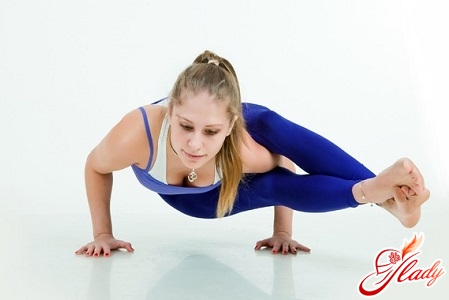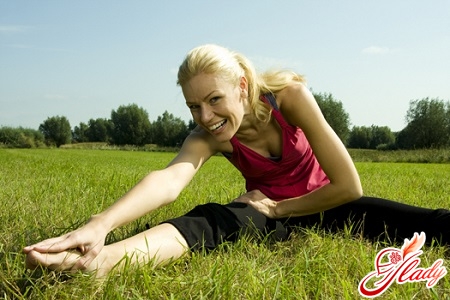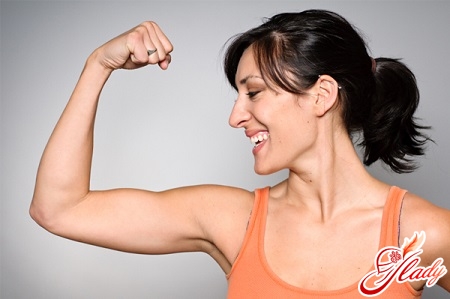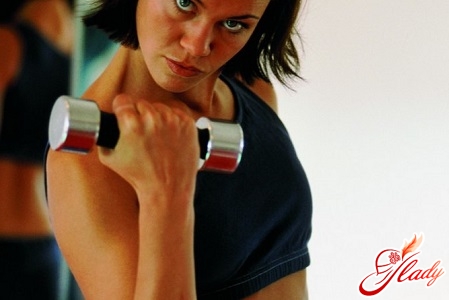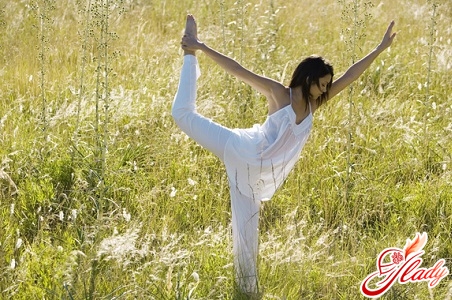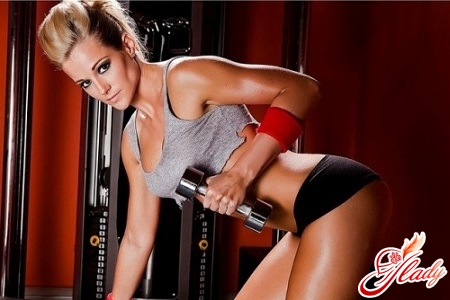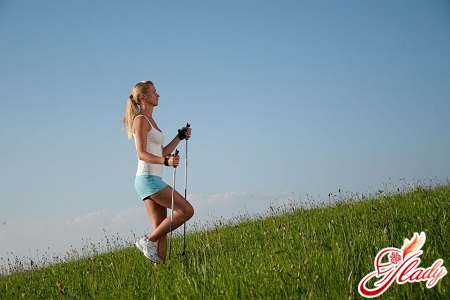 In order to achieve any goals, people trychoose easy ways. It is understandable. Why complicate an already difficult life? So when it comes to taking care of our own health, we begin to look for gentle methods (so that it is “quick but simple”). And we always try something new with curiosity – what if this is what we need. Therefore, the interest in such a newfangled phenomenon as Nordic walking is quite understandable. At first glance, walking with ski poles in your hands looks, at the very least, ridiculous. However, this is only at first glance. In fact, such training is very effective and at the same time not burdensome. Therefore, it is probably really worth learning more about Nordic walking: where it came from, what is the technique of Nordic walking, and how effective such training is.
In order to achieve any goals, people trychoose easy ways. It is understandable. Why complicate an already difficult life? So when it comes to taking care of our own health, we begin to look for gentle methods (so that it is “quick but simple”). And we always try something new with curiosity – what if this is what we need. Therefore, the interest in such a newfangled phenomenon as Nordic walking is quite understandable. At first glance, walking with ski poles in your hands looks, at the very least, ridiculous. However, this is only at first glance. In fact, such training is very effective and at the same time not burdensome. Therefore, it is probably really worth learning more about Nordic walking: where it came from, what is the technique of Nordic walking, and how effective such training is.
History
This healing technique really doesis quite new: it is only fifteen years old. This method is also known as Nordic walking, Nordic walking, Finnish walking, and, as the name suggests, it comes from Scandinavia. The official "inventor" of this type of exercise is Marco Kantaneva, who described this technique in 1997. However, in fact, he did not invent anything new. In his article, Marco only described the principle of summer training for professional skiers, which he proposed to take as the basis for a new method of improving the body. The fact is that Finnish skiers have long since figured out how to train in the summer season without skis, using only poles. In general, walking with poles has been known since ancient times, when pilgrims and shepherds used poles to make long journeys easier. And in therapeutic exercise, poles as an aid in training and special sports equipment have also been known for a long time. So it turns out that the basis of health-improving Nordic walking is the principle of professional sports training, methods of therapeutic physical education and the experience of ancient walkers.
Equipment
The main feature of the walking technique with poles ismovements that are natural for a person. During these exercises, the arms, legs and hips move in the same way as during normal walking, only more intensively and rhythmically. The rhythm is also familiar to a person: alternate movements back and forth of the opposite arm and leg: left-right, left-right. So there is nothing new to learn, it is only important to “catch” the right tempo of movement. The naturalness of this technique is also explained by the fact that the size of the steps depends on the size of the arm swing (amplitude). The main thing here is to find the golden mean. If the amplitude of the arm swing is small, it will restrict the movement of the legs and hips. With too large arm swings, on the contrary, the load increases not only on the legs, but also on the chest, shoulders and back of the head. Here is what trainers advise to those beginning to master the technique of Nordic walking:
Half of the success of training depends on the correct tempo and adherence to technique.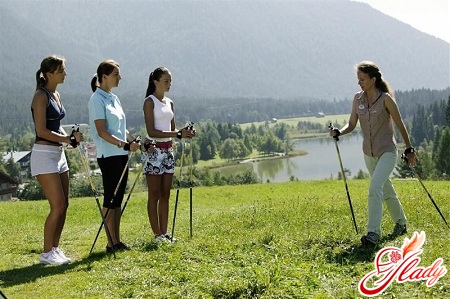
Equipment
The good thing about Nordic walking is that it is fun to doYou can do it at any time of the year and at any age. And it does not require any special equipment except for special poles. So clothes and shoes can be absolutely any (sports, of course), chosen by you according to your taste and ideas about comfort. But you need to approach the choice of poles (Nordic) seriously. Firstly, note that for Nordic walking you can use not only special, but also ordinary ski poles, which can be easily bought in any sports store. How to choose comfortable poles for yourself? The main thing is to decide on their length. The height of the poles for Nordic walking can be calculated by multiplying your height in centimeters by 0.68. The resulting number plus or minus five centimeters will be the height of the poles suitable for you. For example, for a person who is one meter seventy tall, poles approximately one hundred fifteen centimeters high (170 x 0.68 = 115.6) will be suitable, but with poles one hundred twenty centimeters long it will also be comfortable for him to walk. However, when choosing the height of the poles, keep in mind that the longer they are, the greater the load on the muscles. As for the type of Nordic walking sticks, they can be telescopic (retractable) or with a fixed length. Regardless of the materials the stick is made of, it should be durable and lightweight, with a comfortable handle that does not rub the palm. The strap should fit snugly, but not too tightly, so that the stick does not have to be squeezed. For training on asphalt and concrete paths, choose poles with rubber tips, and for training in winter or outside the city - poles with a hard spike at the end.
Benefit
How is Nordic walking different from regular walking?walking or running? Unlike regular walking, almost half of the body weight is transferred to the arms, which reduces the load on the legs and hips, and forty-six percent more calories are burned. Unlike running, where the main load falls on the lower part of the body, walking with ski poles involves almost all muscles (90%) and, in addition, it has no contraindications. In addition, Nordic walking:
- has a lymph drainage effect
- causes microvibration (vibromassage) of internal organs
- beneficial effect on the heart and lungs
- removes toxins
- regulates the work of the intestine
- reduces back pain
- lowers blood pressure
- improves blood circulation
If this is not enough for you, then know that in the countriesIn Europe, Nordic walking has become a mandatory element of postoperative rehabilitation and is recognized as the best gentle physical activity for weight loss. Nordic walking is also recommended for the prevention of osteoporosis (thinning of bone tissue), in the treatment of pulmonary and heart diseases, neuroses, depression and insomnia. And for such wonderful results you only need your desire, a good mood and ski poles. Of course, only regular training will be effective. So can't you find forty minutes a day to walk briskly with poles in your hands in the fresh air and feel all the benefits of this newfangled hobby. We recommend reading:




